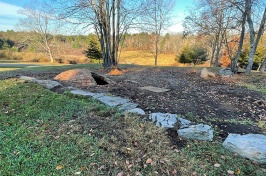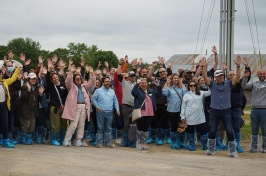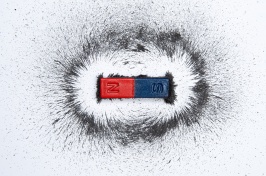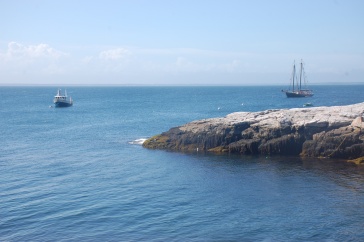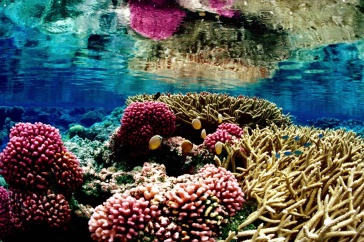
Photo by Jeremy Gasowski.
As ocean waters grow increasingly acidic, beloved shellfish like clams, oysters, scallops and lobsters — staples of coastal cuisine — face mounting challenges to survive, threatening both marine ecosystems and the seafood traditions we cherish.
Now, a report co-edited by a UNH scientist identifies where current-day ocean and coastal acidification monitoring efforts are falling short and recommends actions designed to expand the regional understanding of this phenomenon and its implications. The 2025 Ocean and Coastal Acidification Monitoring Priorities report provides a menu of options ranging from those that are relatively easy to implement all the way up to larger-scale efforts that may take years — and a search for funding sources — to accomplish.
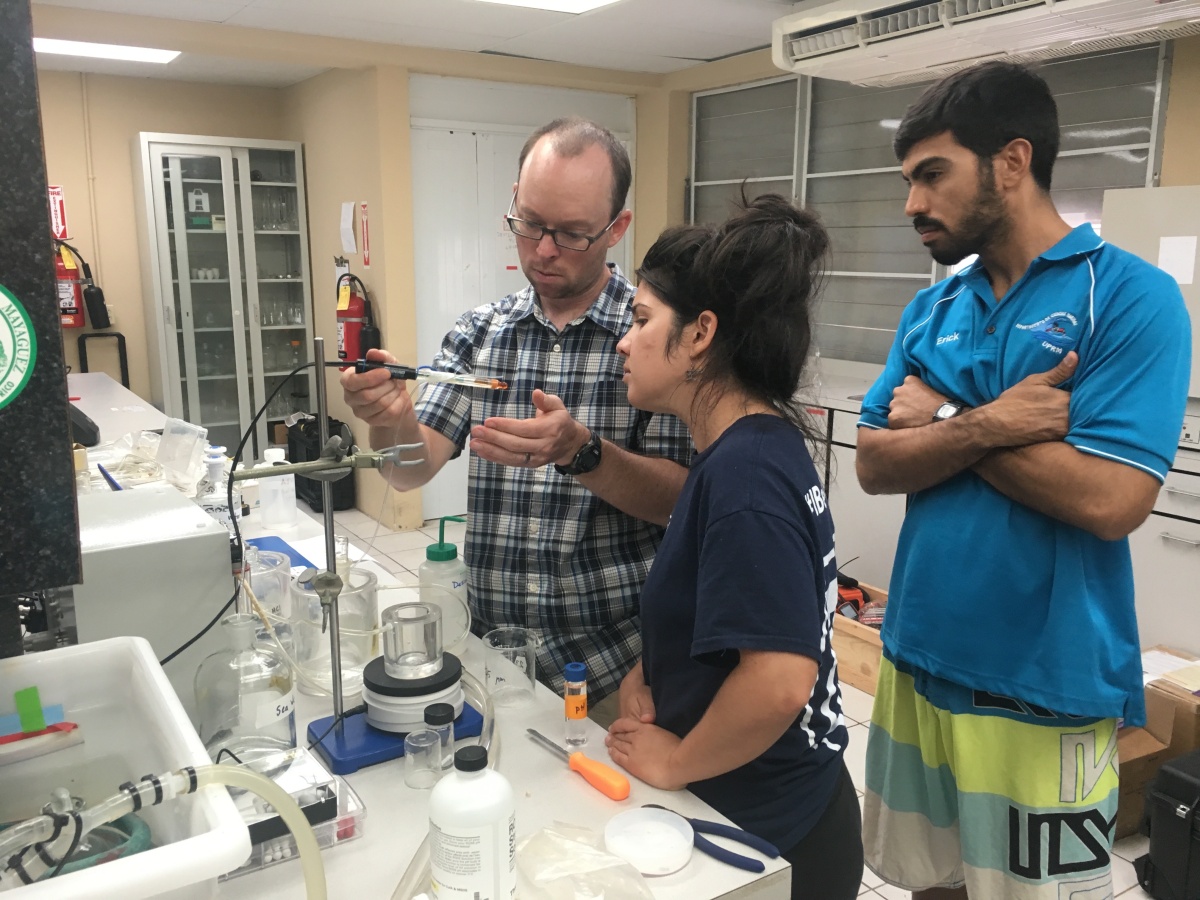
“The goal of the plan was not to prescribe a timeline for carrying out new monitoring efforts, but instead to offer our best knowledge of monitoring options that would increase our understanding of ocean and coastal acidification conditions in our region,” explains Chris Hunt, a UNH research assistant professor in the Ocean Process Analysis Laboratory who co-edited the report alongside Austin Pugh, a community manager at the Northeastern Regional Association of Coastal and Ocean Observing Systems.
Ocean and coastal acidification is notorious for its negative impacts on shellfish, making it more difficult for them to extract the carbonate they need from seawater to build thickness in their shells. As their shells become thinner and weaker, the animals become more stressed and vulnerable to pathogens that thrive in the newly acidic conditions. This has a cascade of effects, including to the larger marine food web and economic impacts to the fishermen that depend on these species for their livelihood.
"The changes in ocean and coastal acidification conditions in our region have broad ecological impacts on plant and animal species that we're just beginning to understand."
The report focuses on a massive stretch of marine and coastal waters stretching from the Long Island Sound of the Northeastern U.S. into Eastern Canada. It’s intended to assist policy makers, resource managers, researchers and industry partners by identifying six acidification monitoring needs and eight cross-cutting actions that will help to address those needs. Some of the report’s suggested actions are already underway, Hunt says, and there are a few more cost-effective options that can be linked to other ongoing efforts in the NECAN region.
But the challenge of learning more about the ocean’s changing chemistry can be daunting. It will require significant collaboration across myriad groups and some interdisciplinary endeavors — such as combining both chemical and biological monitoring, which have historically been tackled separately. This is no small feat, Hunt admits, but is a crucial part of the plan for a more holistic and accurate view of ocean and coastal acidification and its effects.
An ocean buoy co-operated by UNH’s Ocean Process Analysis Laboratory and NOAA’s Pacific Marine Environmental Laboratory has provided a long-term dataset of some Gulf of Maine water quality parameters that help scientists like Hunt establish a baseline time-series of acidification to help put the recent acidification changes into context.
“The changes in ocean and coastal acidification conditions in our region have broad ecological impacts on plant and animal species that we’re just beginning to understand,” Hunt says.
The report is courtesy of the Northeast Coastal Acidification Network (NECAN), which is a joint agency, scientific, and industry partnership established under the Northeastern Regional Association of Coastal and Ocean Observing Systems (NERACOOS), and which partners with the national NOAA Ocean Acidification Program among numerous other programs. Hunt is a member of the NECAN Steering Committee.
-
Written By:
Rebecca Irelan | Institute for the Study of Earth, Oceans, and Space | rebecca.irelan@unh.edu | 603-862-0990























